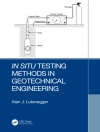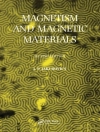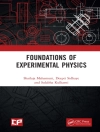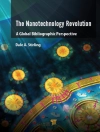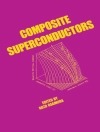The primary objective of this study is to contribute to a better understanding of the interaction of depleted uranium as a source of low dose radiation with the living world and humans in a contaminated environment. There has been increased interest in biological effects of low dose radiation after the incident in Chernobyl. Uncertainty of epidemiological studies about the health effects of low-dose radiation arises from the fact that the biological effects of low-dose radiation do not relate obligatory to DNA damage. Military use of depleted uranium (DU) for decades put the problem of low-dose radiation exposure in the spotlight. The explanation related to the limited effects of iemitting nuclear weapons, including DU, was based to some extent on the fact that alpha particles have a short track in air. This paradigm has changed with the realization that nano- and micro-sized particles of DU could have a global atmospheric movement. The idea about the spreading of uranium particles through air masses across the globe arose from the results of air pollution measurement. Due to uncontrolled military use of high amounts (a thousand tons) of depleted uranium, numerous unusual environmental physical manifestations were recorded in the last two or three decades. Simultaneous monitoring of natural phenomena on Earth and in the atmosphere has revealed an exceptional parallelism between the phenomena in the environment and in the living world. Our knowledge has evolved from in-vitro studies of radiation exposure to a more comprehensive understanding of unexpected and poorly understood natural phenomena, whose consequences may be achievable according to the theory of litosphere-atomsphere-ionospehere and biosphere coupling. The emission of radiation in the course of several decades due to corrosion of scattered remnants of DU armaments, which has been intensified by the repeated bombing of the regions within the range of the transfer of radioactive particles through the air, strikes a broad territory and numerous populations, and unavoidably leads to in-vivo Petkau effect. The Petkau effect is a challenge for science to declare the future health strategy with the main goal focused on minimizing the early as well as delayed in-vivo effects of depleted uranium. As inhaled air is the main source of internal contamination, further research on this topic is valuable, especially in terms of overcoming inter-individual variability. The authors propose a simple model based on apoptotic parameters and artificial network method for individualized estimation of tissue response to low-dose tobacco exposure. Non-targeted effects of radiation are time-evolving and can lead to delayed health effects, including cancerogenesis. The authors discuss the importance of an individual approach to the diagnosis and selection of appropriate therapy, based not only on the results of the expression analysis, but also on metabolic and apoptotic tissue properties. Humanity is the main subject of the authors’ study. Understanding the basic principles of cell biology and radiation interaction with living matter is supported by authentic medical data obtained from patients originating from the territories which were geographically close to each other (Serbia and Montenegro seaside, as well as Bosnia and Herzegovina, the territories of the former Yugoslavia).
Ljubisa Rakic & Svetlana Zunic
Depleted Uranium Induced Petkau Effect [PDF ebook]
Challenges for the Future
Depleted Uranium Induced Petkau Effect [PDF ebook]
Challenges for the Future
Kup ten ebook, a 1 kolejny otrzymasz GRATIS!
Format PDF ● Strony 151 ● ISBN 9781634853767 ● Redaktor Ljubisa Rakic & Svetlana Zunic ● Wydawca Nova Science Publishers ● Opublikowany 2016 ● Do pobrania 3 czasy ● Waluta EUR ● ID 7226880 ● Ochrona przed kopiowaniem Adobe DRM
Wymaga czytnika ebooków obsługującego DRM





